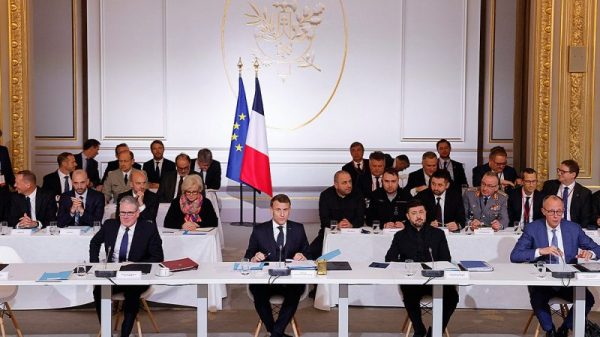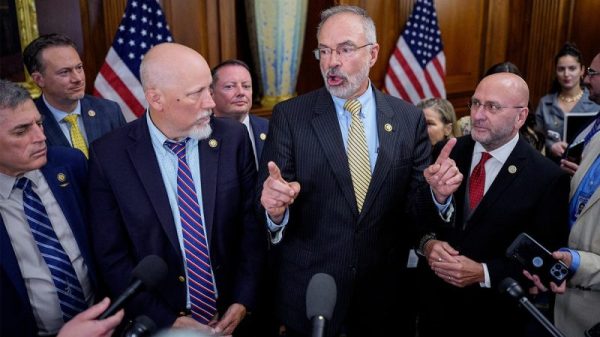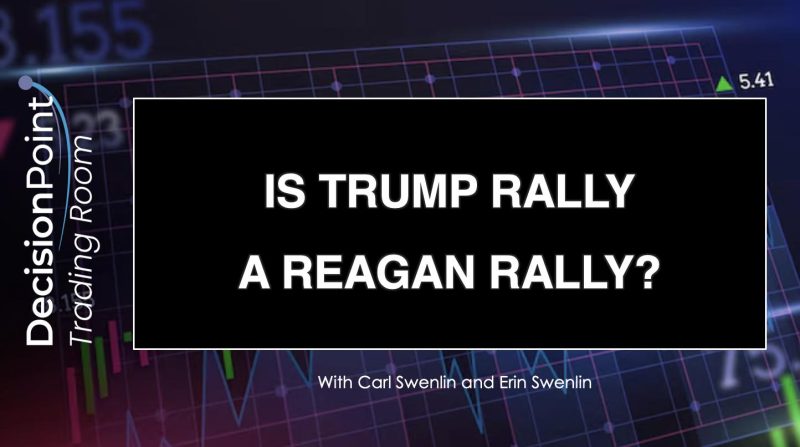The Trump Rally vs. The Reagan Rally: A Comparative Analysis
Historical parallels in politics have been a subject of fascination for analysts and observers alike. One such comparison that has gained traction in recent times is the supposed similarities between the Trump Rally and the Reagan Rally. Both rallies represent moments in American political history that captivated the nation and ushered in significant changes in governance and ideology. In this article, we will delve into the key similarities and differences between the Trump Rally and the Reagan Rally, exploring the context, rhetoric, and lasting impact of these transformative events.
Context:
The Trump Rally took place in the wake of a tumultuous period in American politics, marked by deep divisions and a sense of disillusionment with the establishment. Donald Trump’s campaign capitalized on this sentiment, positioning himself as an outsider who would challenge the status quo and bring about radical change. Similarly, the Reagan Rally was fueled by a similar anti-establishment fervor, with Ronald Reagan presenting himself as a populist alternative to the perceived failures of the Carter administration.
Rhetoric:
Both rallies were characterized by strong and often divisive rhetoric that appealed to a specific segment of the population. Trump’s campaign was marked by incendiary language and unfiltered attacks on political opponents, the media, and various minority groups. Reagan, on the other hand, utilized a more polished and optimistic tone, emphasizing themes of American exceptionalism and the promise of a brighter future. Despite the differences in style, both candidates succeeded in resonating with their respective bases and mobilizing support for their platforms.
Impact:
The enduring impact of the Trump Rally and the Reagan Rally can still be felt in American politics today. The policies enacted by both administrations continue to shape the political landscape, with debates over issues such as healthcare, taxation, and foreign policy rooted in the legacies of these two leaders. Moreover, the appeal of their populist messages has inspired a new generation of politicians who seek to emulate their success, further solidifying their influence on the political discourse.
Differences:
While there are clear parallels between the Trump Rally and the Reagan Rally, there are also notable differences that distinguish these two events. Trump’s brand of populism is often characterized by a confrontational and unapologetic style that veers into polarizing territory, whereas Reagan’s charisma and ability to unite disparate factions under a common vision set him apart as a unifying figure. Additionally, the challenges and opportunities facing the nation during each rally were unique, shaping the priorities and focus of the respective administrations.
In conclusion, the Trump Rally and the Reagan Rally serve as compelling case studies in the power of political rhetoric, symbolism, and leadership to galvanize public opinion and drive change. While the similarities between these two events are striking, it is essential to recognize the nuances and complexities that define each era and leader. By studying these rallies in context, we gain a deeper understanding of the forces that shape American politics and society, offering valuable insights for the future of governance and public discourse.






















